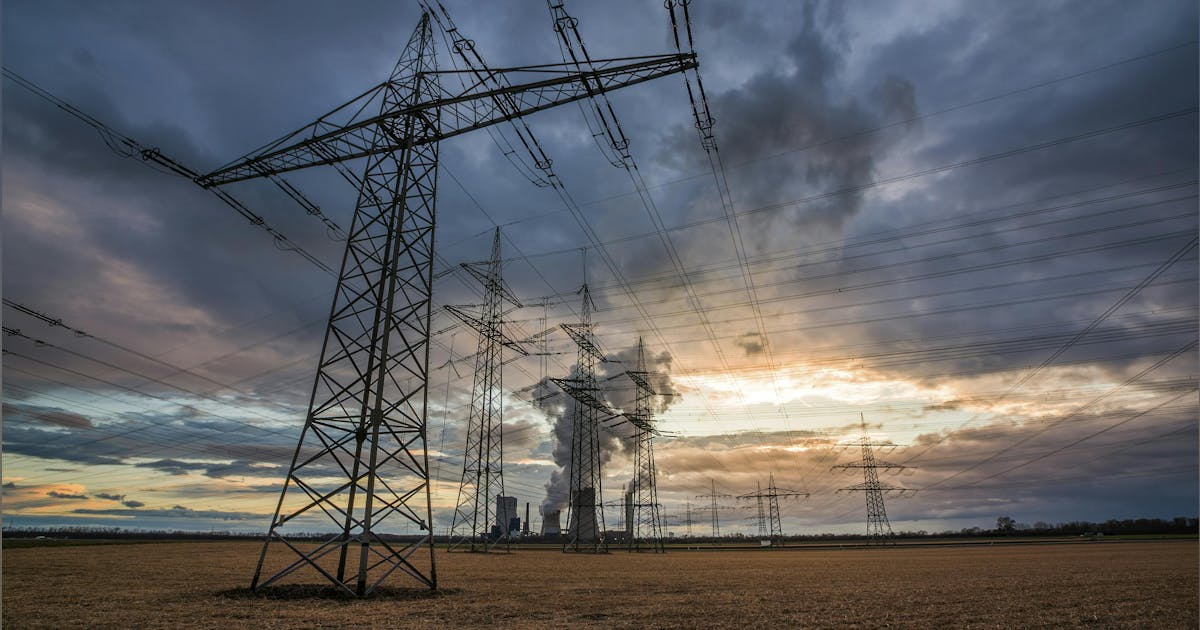
Oil prices fell to their lowest point in five months on Tuesday, extending their downward trend.
That’s what Daniel Takieddine, Co-founder and CEO of Sky Links Capital Group, said in a market analysis sent to Rigzone today.
“Mounting concerns of a global supply surplus weighed on the market, compounded by renewed trade tensions between the U.S. and China,” Takieddine stated in the analysis.
“The latest International Energy Agency (IEA) market report added to the concerns and forecasts a growing oversupply of oil,” he added.
“The IEA has increased its global supply growth projections to three million barrels per day for this year and 2.4 million for 2026, pointing to production hikes from OPEC+ and robust output from the Americas,” he continued.
“In contrast, the agency has lowered its demand growth estimates to approximately 700,000 barrels per day for both years, reinforcing expectations of a significant surplus,” Takieddine warned.
The Sky Links Capital Group CEO went on to state in the analysis that trade tensions are injecting fresh uncertainty into the market.
“A brief rebound in prices on Monday, sparked by hopes for de-escalation in U.S.-China trade talks, quickly faded,” he said.
“The market was further affected by a reduced geopolitical risk premium as hopes for stability in the Middle East grew,” he added.
Looking ahead, Takieddine noted in the analysis that markets could closely monitor U.S.-China relations, OPEC+ supply, and upcoming inventory data from the EIA (Energy Information Administration) “to determine the market’s next direction”.
“Without a positive surprise from inventory reports or broader macroeconomic data, prices could remain under pressure,” he warned.
In a separate statement sent to Rigzone this morning, Naeem Aslam, Chief Market Analyst at Zay Capital Markets, highlighted that the Brent and West Texas Intermediate oil prices were “reflecting the balance between geopolitical tensions, economic policies, and market sentiment”.
“Concerns about oversupply remain, especially as the IEA predicts a build-up in global oil stocks in the second half of 2025,” Aslam said in the statement.
“The EIA has also raised its U.S. oil output forecast to 13.5 million barrels per day by 2026, fueling worries about further oversupply,” Aslam added.
“Despite this, geopolitical factors, like President Trump’s remarks on U.S.-China trade and the Middle East, continue to influence the market. His comments have historically created volatility but also offer potential for improved global economic outlook and oil demand,” Aslam continued.
The Chief Market Analyst went on to state that “key economic indicators, including wage growth and jobless claims, will signal the strength of the economy and affect oil demand”.
“Strong data could boost prices, while weaker data may pressure them lower,” Aslam warned in the statement.
“Speeches from key figures like Fed Chairman Jerome Powell and Bank of England Governor Andrew Bailey may also impact oil market dynamics. The combination of these factors will shape near-term oil,” Aslam continued.
In a research note sent to Rigzone by the JPM Commodities Research team late Monday, J.P. Morgan analysts, including Natasha Kaneva, head of global commodities strategy at the company, said, “the estimated value of open interest in energy markets declined by -$8.2 billion WOW [week on week]”.
“The decline was primarily led by crude oil markets, and despite nearly $7 billion WOW of contract-based inflows into the sector, as oil prices continued to retreat (WTI -3.3 percent, Brent -2.8 percent),” the analysts added.
“Our oil strategists note that softer oil balances ahead make the enforcement of sanctions on Russia the key bullish factor for oil markets,” they continued.
The J.P. Morgan analysts stated in the note that the estimated value of open interest across natural gas markets “was largely stable on the week, up $0.2 billion WOW, primarily driven by $2.7 billion WOW of contract-based inflows”.
“Our gas strategists note that global LNG trade in September 2025 reached 47.1 Bcm (-8 percent MoM, +1.8 percent YoY), as China’s LNG imports totaled 7.5 Bcm in August (-21 percent YoY),” they added.
To contact the author, email [email protected]






















